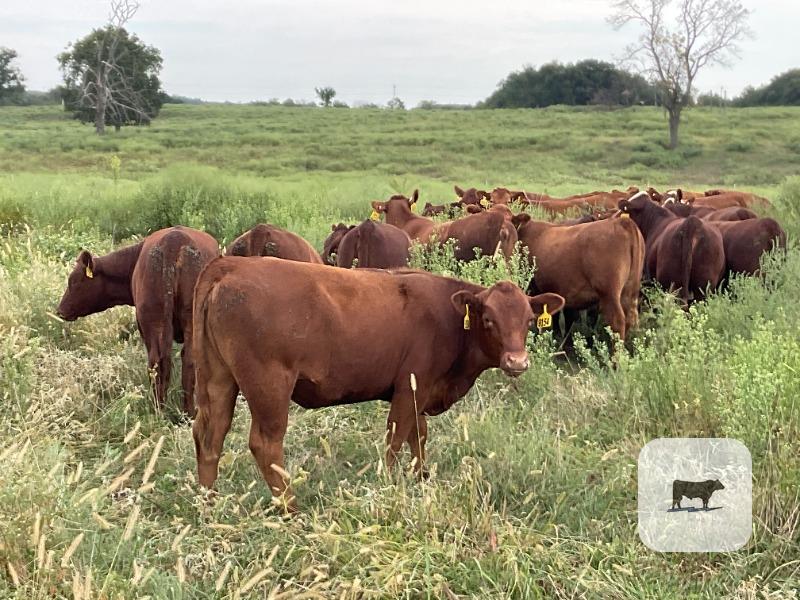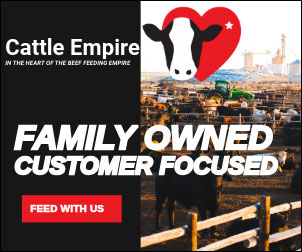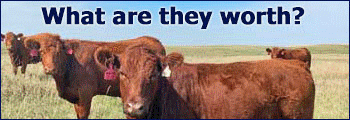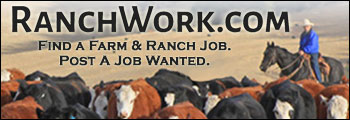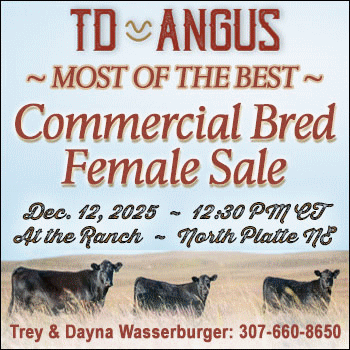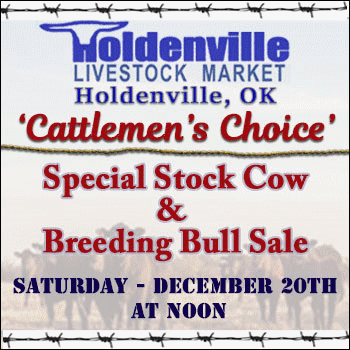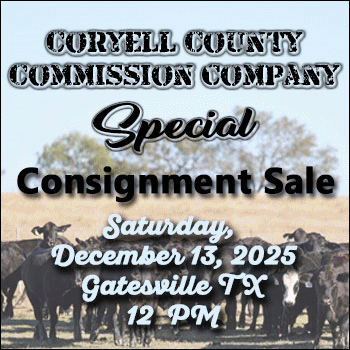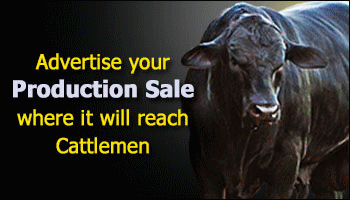Derrell S. Peel, Oklahoma State University
Increasingly, cattle producers, consumers, and policymakers are asking how high cattle prices will go; when will they reach a peak; and what happens after the peak. Questions about the cyclical peak in cattle prices and the trajectory of prices past the peak depend on factors that are still unknown at this time. We do not yet have any definitive indication of a cyclical bottom in cattle inventories - let alone the path of herd rebuilding to follow. The timeline of prices to the top has yet to be established and therefore speculation about the path of prices after the peak is widely variable at this point.
Three-quarters of 2025 have passed with no solid indication of heifer retention. The only direct data was the mid-year Cattle report, which showed the lowest beef replacement heifer inventory in the history of that particular data set. The 2025 U.S. calf crop is projected to be the lowest since 1941 leading to the July estimate of feeder cattle supplies outside of feedlots that is the lowest ever for that data set.
Industry response to rising cattle prices has been uncharacteristically slow to this point. The sharp decrease in beef cow slaughter (down roughly 40 percent since 2022) is enough to stabilize the cow herd at the current low level. The beef cow inventory could be fractionally larger in 2026. However, the small beef replacement heifer inventory (down about 27 percent from the cyclical peak in 2017) means that prospects for herd growth in 2026 are very limited. Unless heifer retention accelerates late in 2025, herd growth in 2027 will also be limited.
The beef cattle industry appears to be on a slow path of rebuilding. Prices are expected to peak some months after heifer retention begins and, at this point, are projected to move higher into 2026 (depending on the pace of heifer retention) and perhaps beyond. A sharp peak followed by a pronounced drop seems unlikely at this point. Prices are likely to remain elevated for much of the remainder of the decade with a gentle peak somewhere along the way. However, the front end of the process has not yet started so the path is subject to change and must be monitored for new developments.
Despite some anecdotal indications of heifer retention, there is no data yet to confirm that producers are collectively retaining enough heifers to initiate herd rebuilding. Beef cow slaughter has dropped enough in 2025, in addition to decreases in the previous two years, to likely show a slight increase in beef cow inventories going into 2026. While that would make 2025 the cyclical low in inventory, the lack of heifer retention thus far means that no significant herd growth is possible in 2026. Unless data from the final quarter shows significant heifer retention, the prospects for herd growth in 2027 will likewise be limited. Without heifer retention, the clock does not start on the timeline to anticipate the peak in prices and the duration of elevated prices. It looks increasingly like that peak is being pushed into the last part of the decade.
